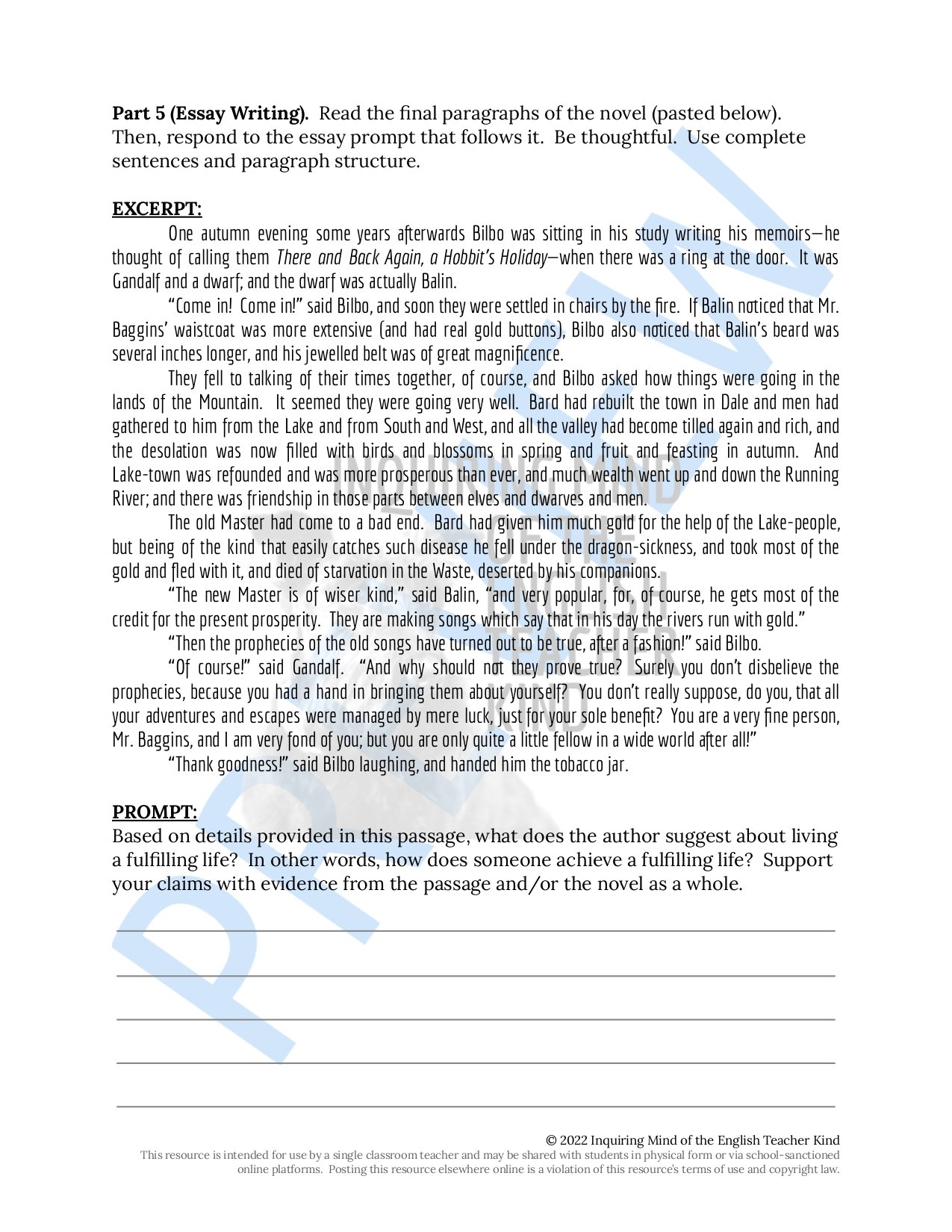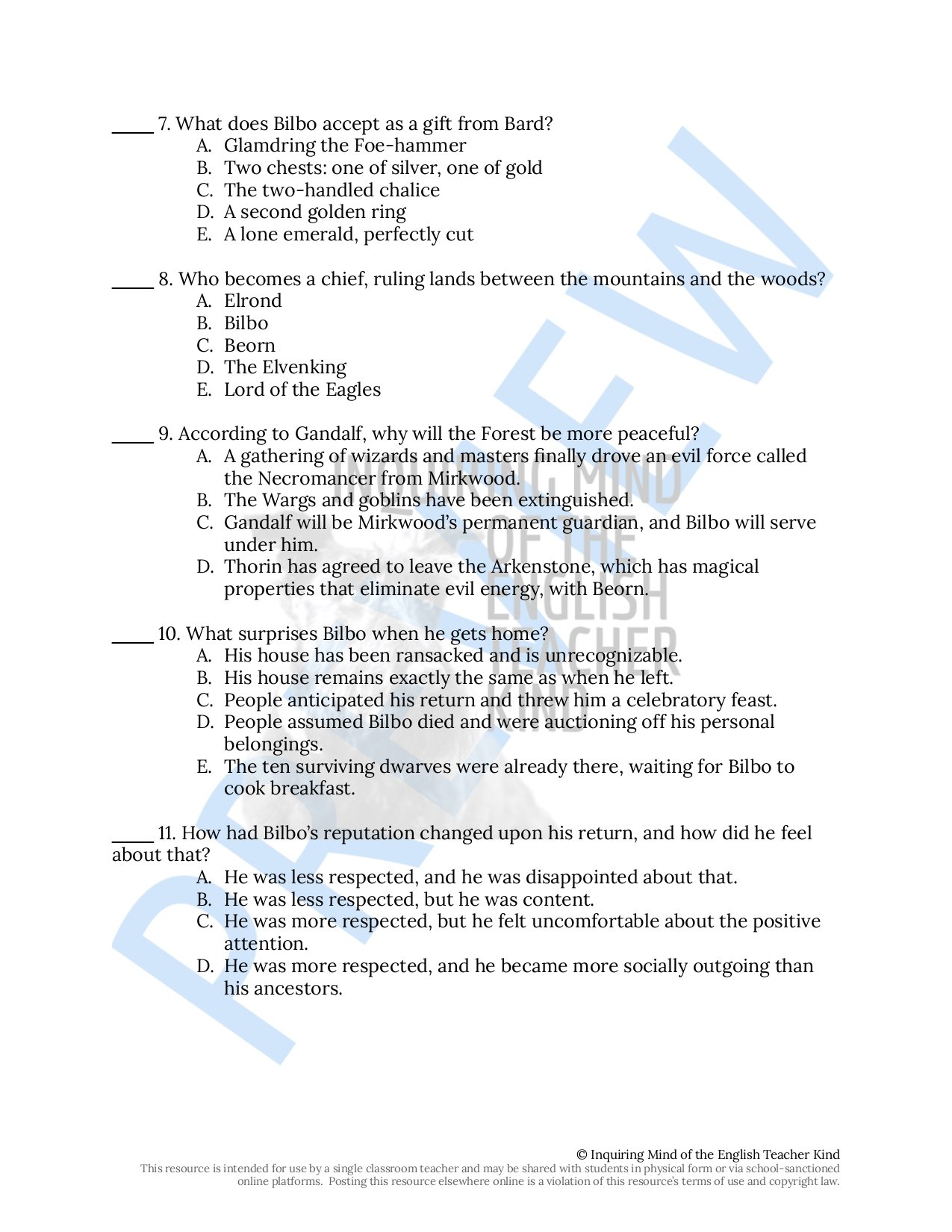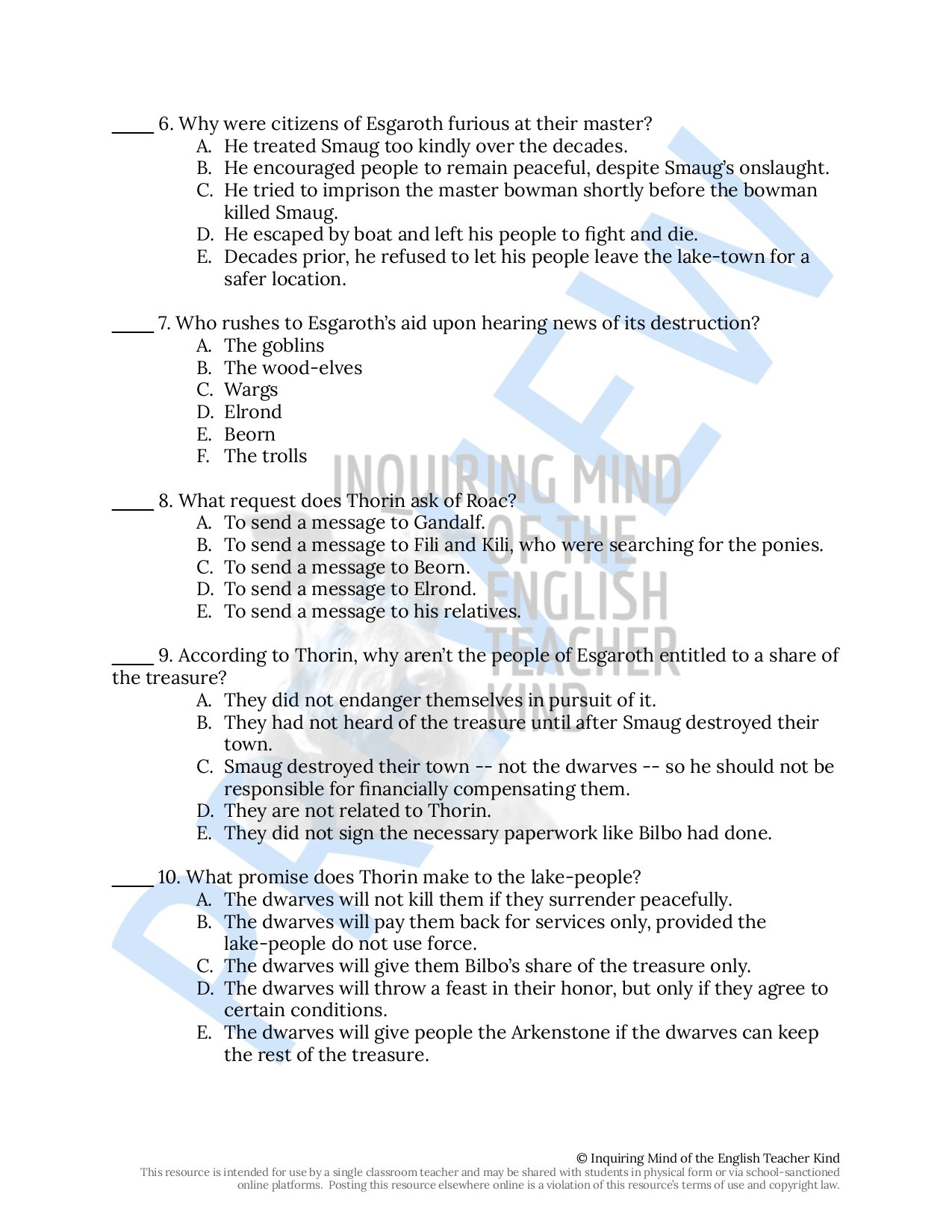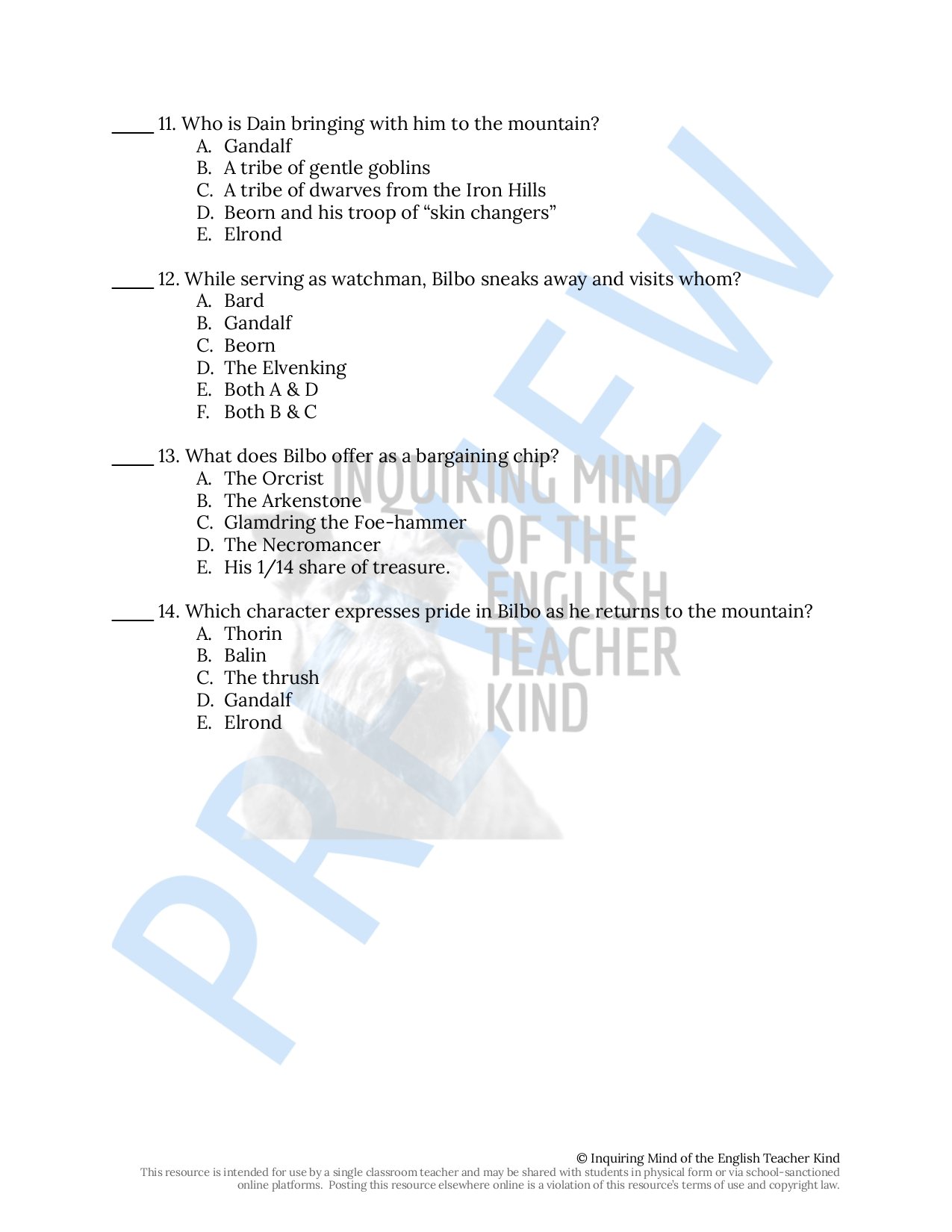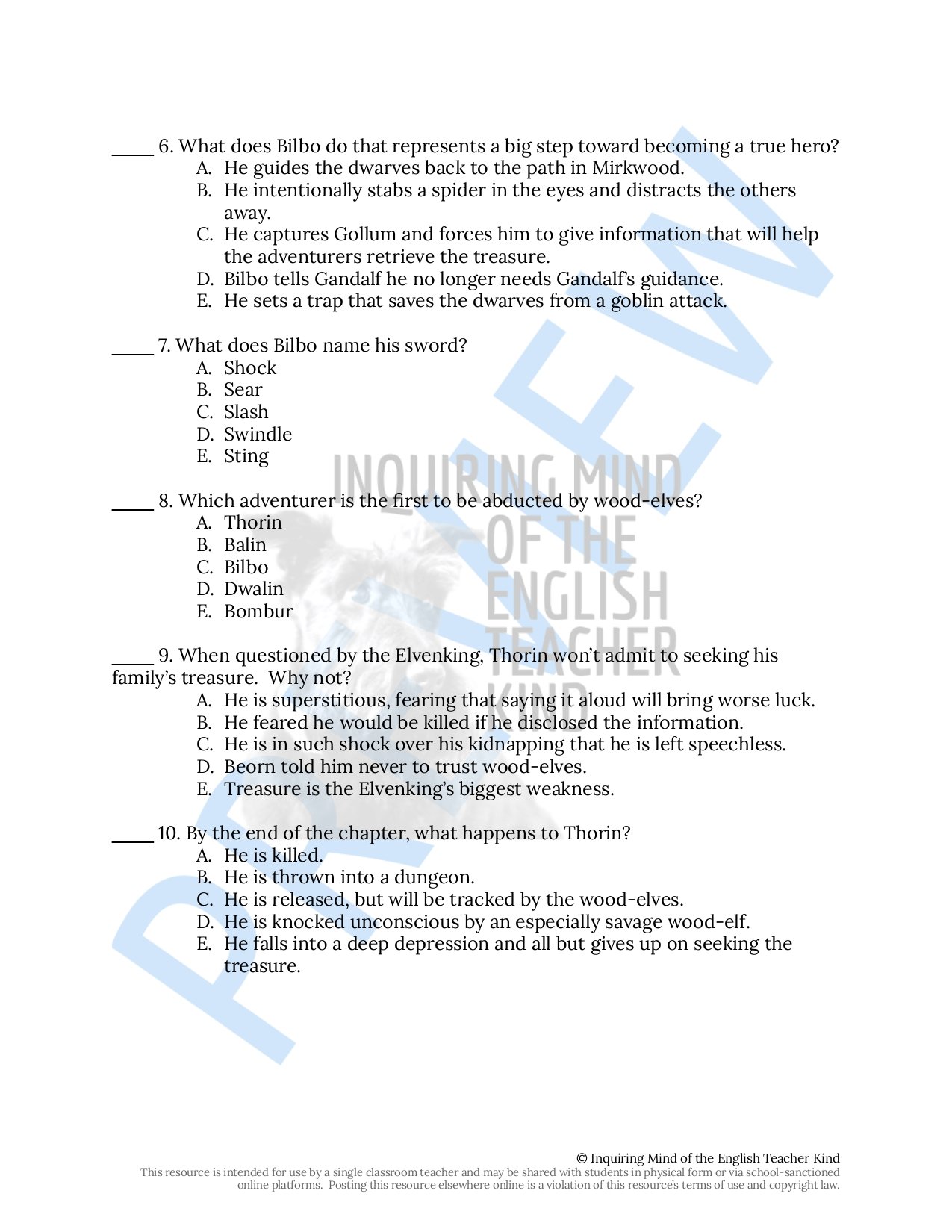 Image 1 of 58
Image 1 of 58

 Image 2 of 58
Image 2 of 58

 Image 3 of 58
Image 3 of 58

 Image 4 of 58
Image 4 of 58

 Image 5 of 58
Image 5 of 58

 Image 6 of 58
Image 6 of 58

 Image 7 of 58
Image 7 of 58

 Image 8 of 58
Image 8 of 58

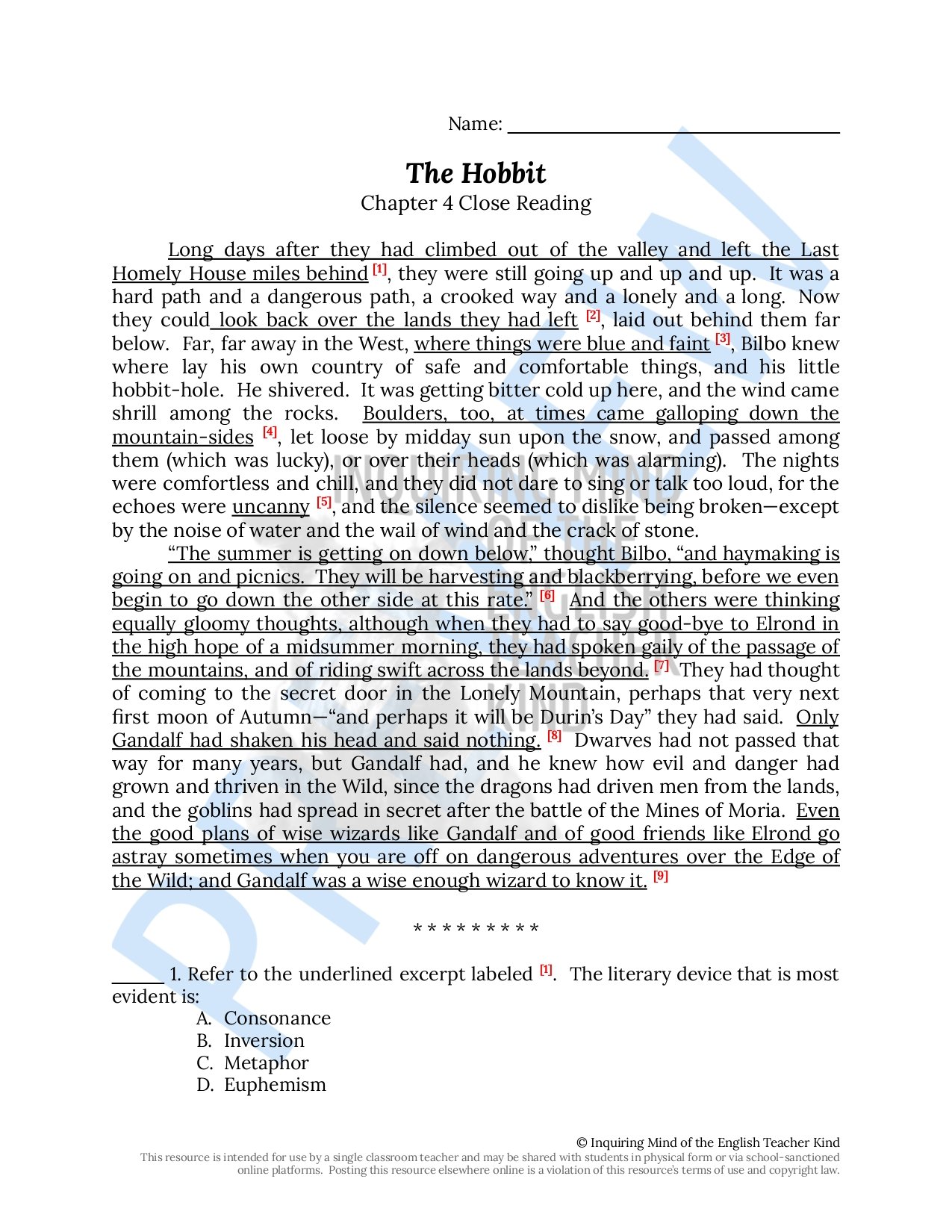 Image 9 of 58
Image 9 of 58

 Image 10 of 58
Image 10 of 58

 Image 11 of 58
Image 11 of 58

 Image 12 of 58
Image 12 of 58

 Image 13 of 58
Image 13 of 58

 Image 14 of 58
Image 14 of 58

 Image 15 of 58
Image 15 of 58

 Image 16 of 58
Image 16 of 58

 Image 17 of 58
Image 17 of 58

 Image 18 of 58
Image 18 of 58

 Image 19 of 58
Image 19 of 58

 Image 20 of 58
Image 20 of 58

 Image 21 of 58
Image 21 of 58

 Image 22 of 58
Image 22 of 58

 Image 23 of 58
Image 23 of 58

 Image 24 of 58
Image 24 of 58

 Image 25 of 58
Image 25 of 58

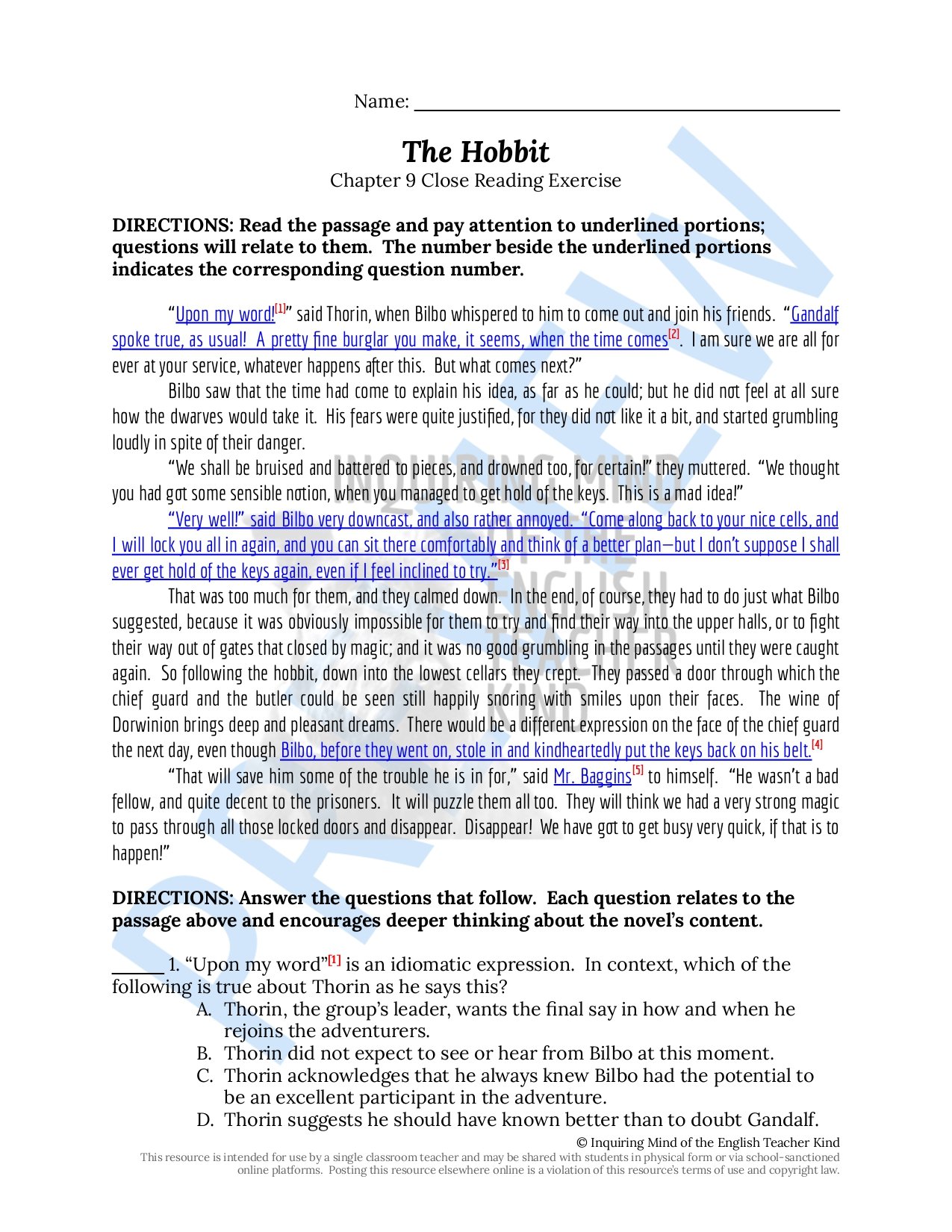 Image 26 of 58
Image 26 of 58

 Image 27 of 58
Image 27 of 58

 Image 28 of 58
Image 28 of 58

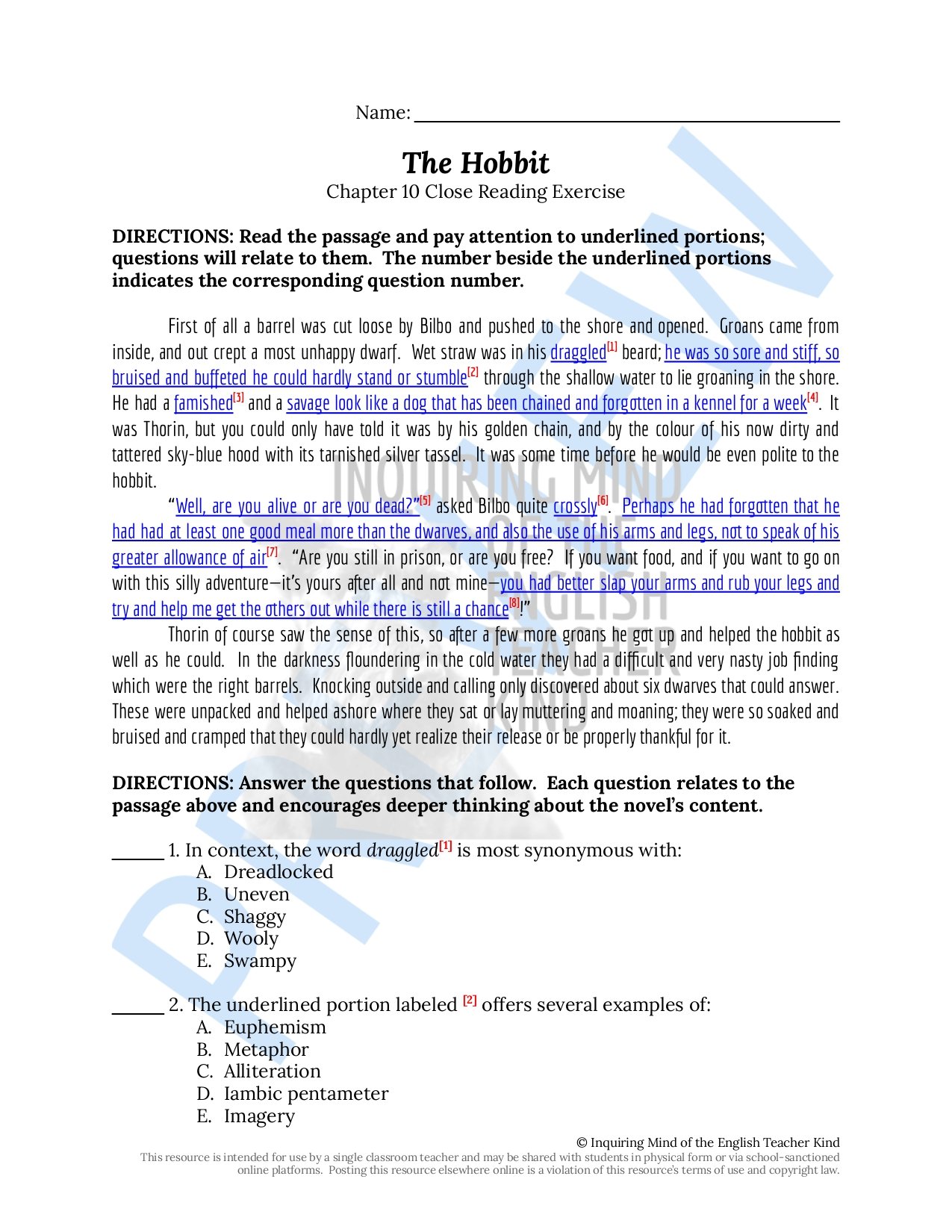 Image 29 of 58
Image 29 of 58

 Image 30 of 58
Image 30 of 58

 Image 31 of 58
Image 31 of 58

 Image 32 of 58
Image 32 of 58

 Image 33 of 58
Image 33 of 58

 Image 34 of 58
Image 34 of 58

 Image 35 of 58
Image 35 of 58

 Image 36 of 58
Image 36 of 58

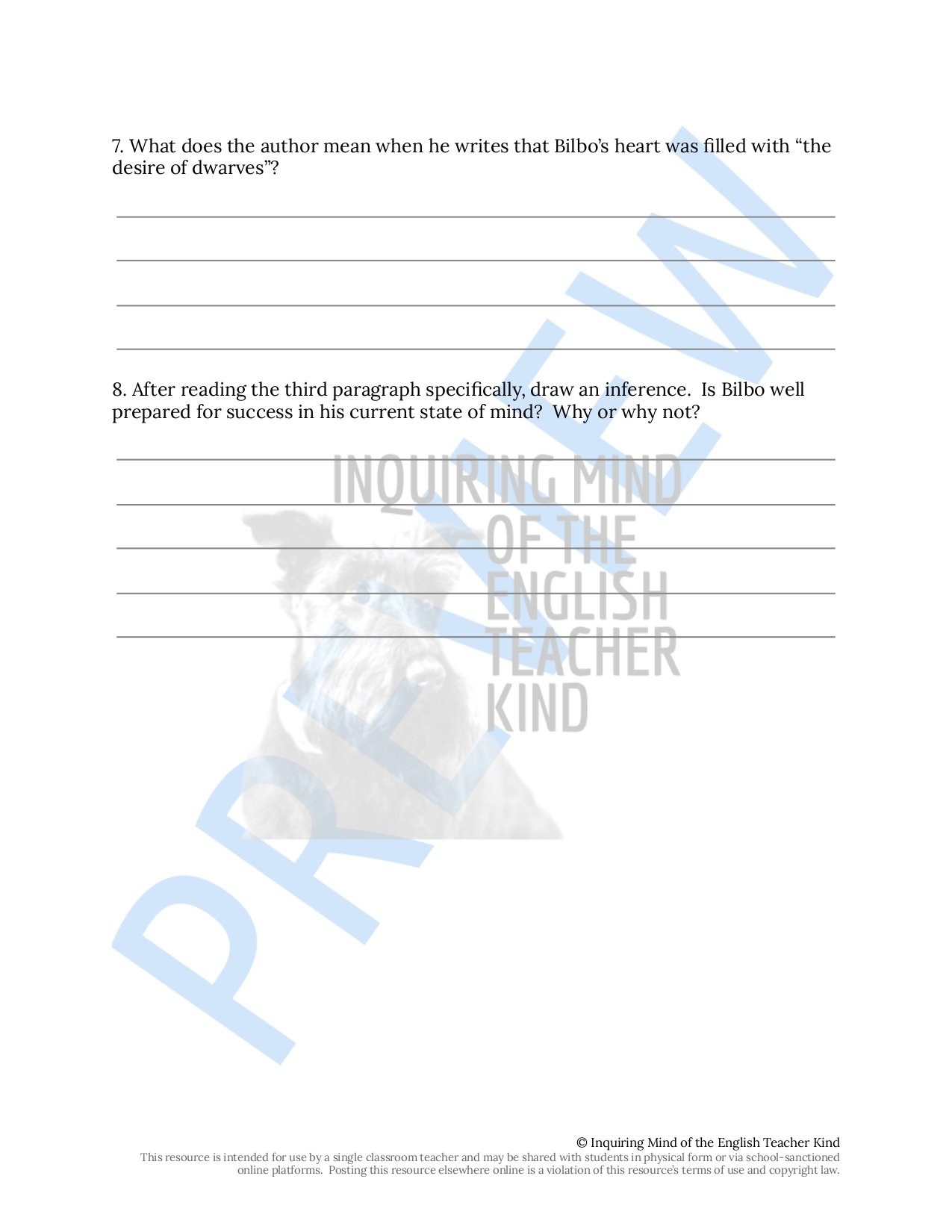 Image 37 of 58
Image 37 of 58

 Image 38 of 58
Image 38 of 58

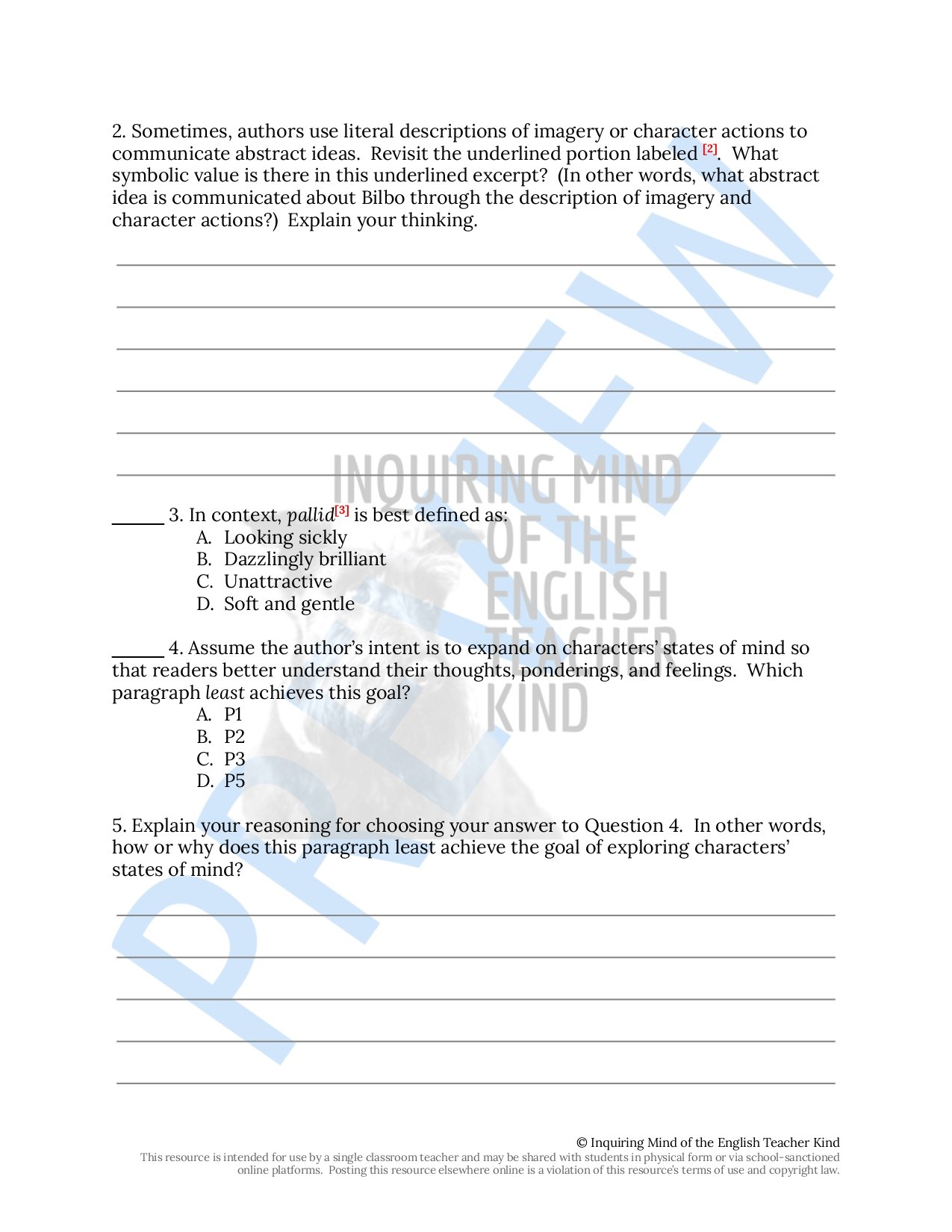 Image 39 of 58
Image 39 of 58

 Image 40 of 58
Image 40 of 58

 Image 41 of 58
Image 41 of 58

 Image 42 of 58
Image 42 of 58

 Image 43 of 58
Image 43 of 58

 Image 44 of 58
Image 44 of 58

 Image 45 of 58
Image 45 of 58

 Image 46 of 58
Image 46 of 58

 Image 47 of 58
Image 47 of 58

 Image 48 of 58
Image 48 of 58

 Image 49 of 58
Image 49 of 58

 Image 50 of 58
Image 50 of 58

 Image 51 of 58
Image 51 of 58

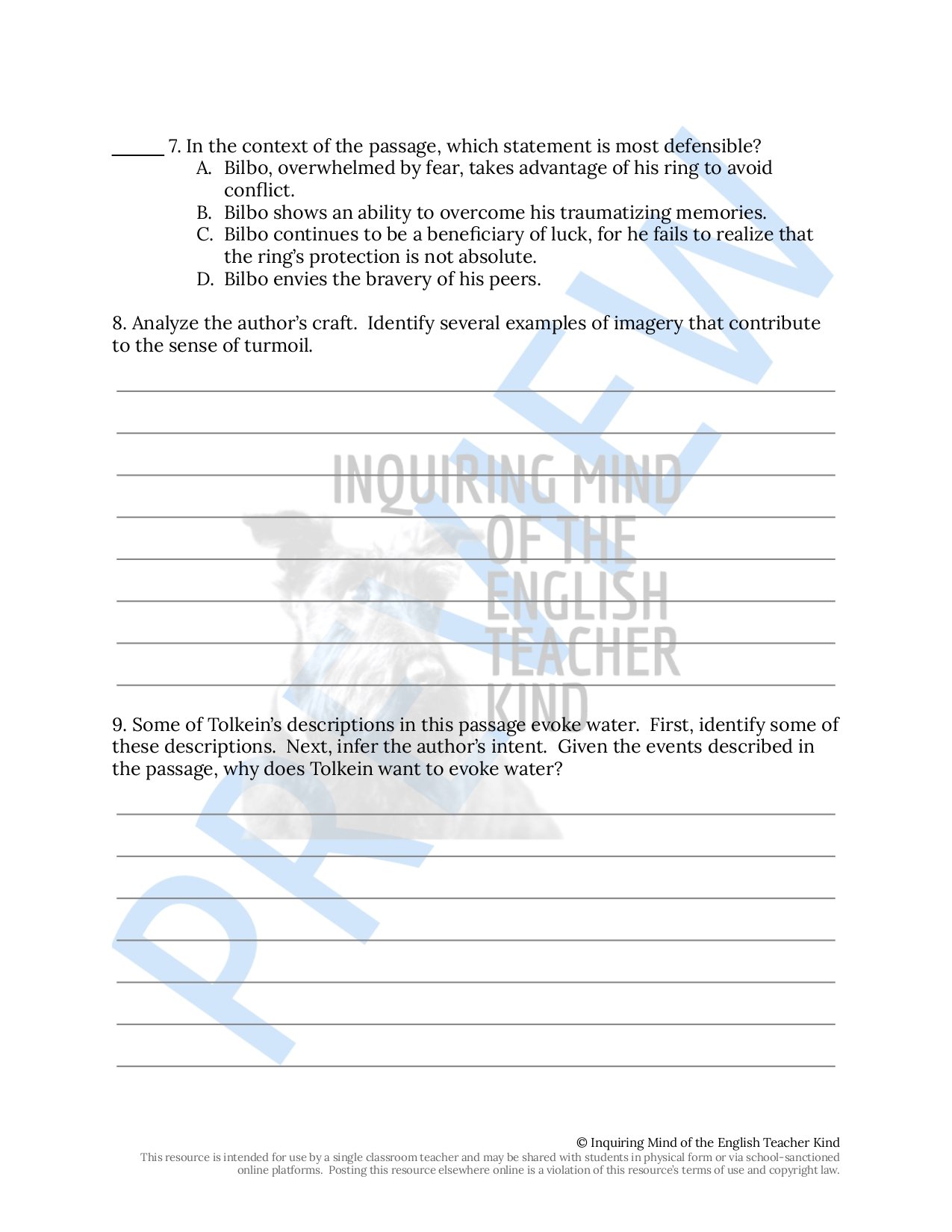 Image 52 of 58
Image 52 of 58

 Image 53 of 58
Image 53 of 58

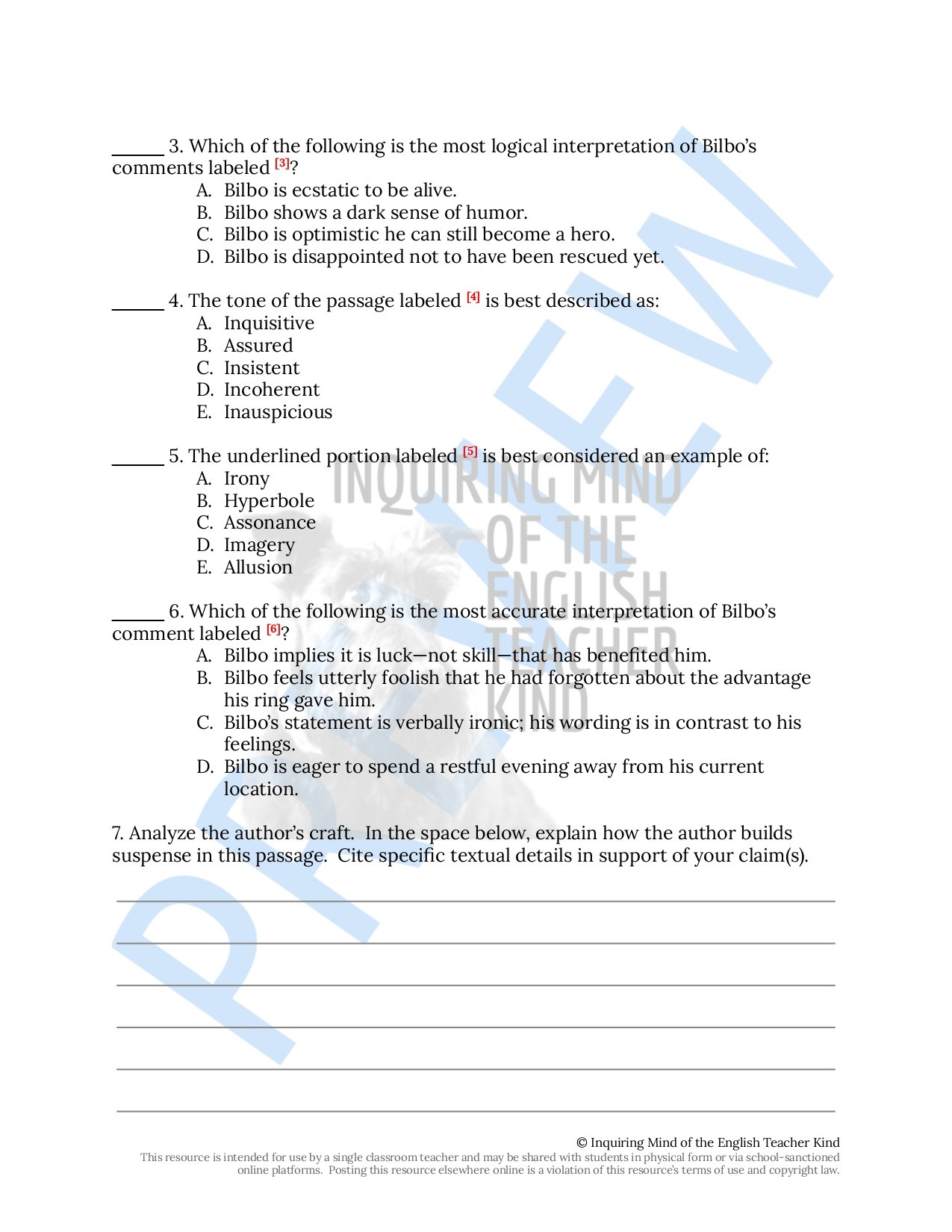 Image 54 of 58
Image 54 of 58

 Image 55 of 58
Image 55 of 58

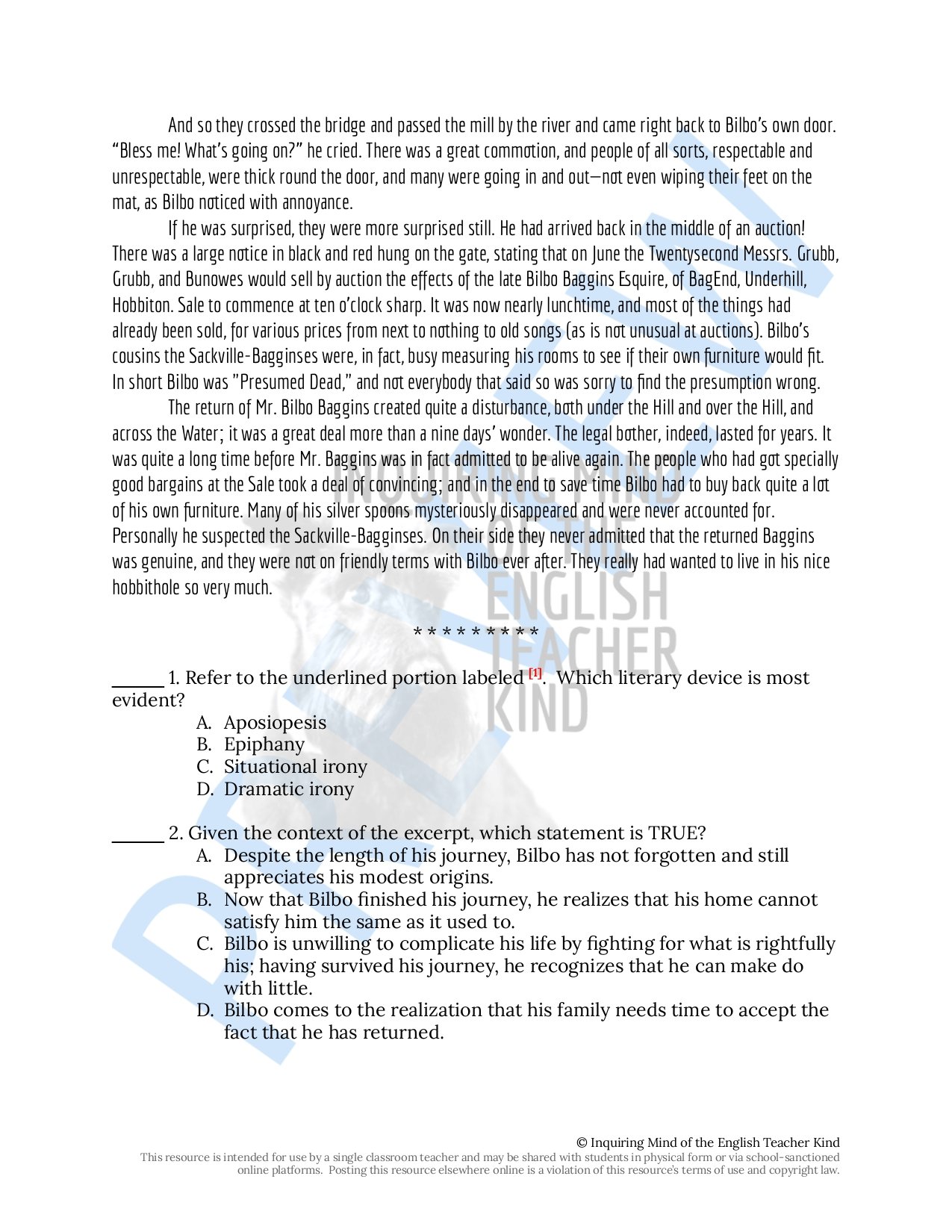 Image 56 of 58
Image 56 of 58

 Image 57 of 58
Image 57 of 58

 Image 58 of 58
Image 58 of 58



























































The Hobbit Close Reading Worksheets Bundle with Answer Keys
Extend reading comprehension and support the development of close reading skills for high school with this set of analysis questions covering each chapter of The Hobbit by J.R.R. Tolkien. With these resources, students will focus on significant details in order to develop a deeper understanding of the novel and its craft, thus helping them contribute more meaningfully during class discussions. Answer keys are provided. Materials are delivered in Word Document and PDF formats. (Alternatively, a Google Drive option is available.)
With these materials, students will have clearer purposes for reading such as the following:
To analyze the effect of the author's language upon the reader
To determine the tone of a passage
To define unfamiliar and challenging vocabulary in context
To explore how complex characters think, behave, develop, and interact
To apply knowledge of literary devices such as symbolism, imagery, situational irony, dramatic irony, metaphor, simile, and more
To isolate accurate statements from false statements
To write about literature with clarity, accuracy, and precision
To support claims with relevant textual evidence
And more
Each resource may serve as the basis for small-group discussions. Through these discussions, students decode language and pose/respond to questions relating to plot, broad topics, and character development, demonstrating an ability to analyze how complex characters transform and advance the plot and themes by applying logic and citing compelling, meaningful textual evidence. They will also evaluate their peers' reasoning and use of rhetoric to advance claims, clarifying or challenging unclear ideas. Using this resource for structured guidance, students, ultimately, will present information, conclusions, and supporting textual evidence clearly, concisely, and appropriately, thereby helping their peers comprehend their thinking.
In addition to helping students gain deeper understanding of the material and greater confidence in their ability to read and comprehend complex texts, this resource helps prepare students for ACT reading question types.
Similarly rigorous close reading exercises are available for a variety of novels:
Extend reading comprehension and support the development of close reading skills for high school with this set of analysis questions covering each chapter of The Hobbit by J.R.R. Tolkien. With these resources, students will focus on significant details in order to develop a deeper understanding of the novel and its craft, thus helping them contribute more meaningfully during class discussions. Answer keys are provided. Materials are delivered in Word Document and PDF formats. (Alternatively, a Google Drive option is available.)
With these materials, students will have clearer purposes for reading such as the following:
To analyze the effect of the author's language upon the reader
To determine the tone of a passage
To define unfamiliar and challenging vocabulary in context
To explore how complex characters think, behave, develop, and interact
To apply knowledge of literary devices such as symbolism, imagery, situational irony, dramatic irony, metaphor, simile, and more
To isolate accurate statements from false statements
To write about literature with clarity, accuracy, and precision
To support claims with relevant textual evidence
And more
Each resource may serve as the basis for small-group discussions. Through these discussions, students decode language and pose/respond to questions relating to plot, broad topics, and character development, demonstrating an ability to analyze how complex characters transform and advance the plot and themes by applying logic and citing compelling, meaningful textual evidence. They will also evaluate their peers' reasoning and use of rhetoric to advance claims, clarifying or challenging unclear ideas. Using this resource for structured guidance, students, ultimately, will present information, conclusions, and supporting textual evidence clearly, concisely, and appropriately, thereby helping their peers comprehend their thinking.
In addition to helping students gain deeper understanding of the material and greater confidence in their ability to read and comprehend complex texts, this resource helps prepare students for ACT reading question types.
Similarly rigorous close reading exercises are available for a variety of novels:
Preview this resource.


































